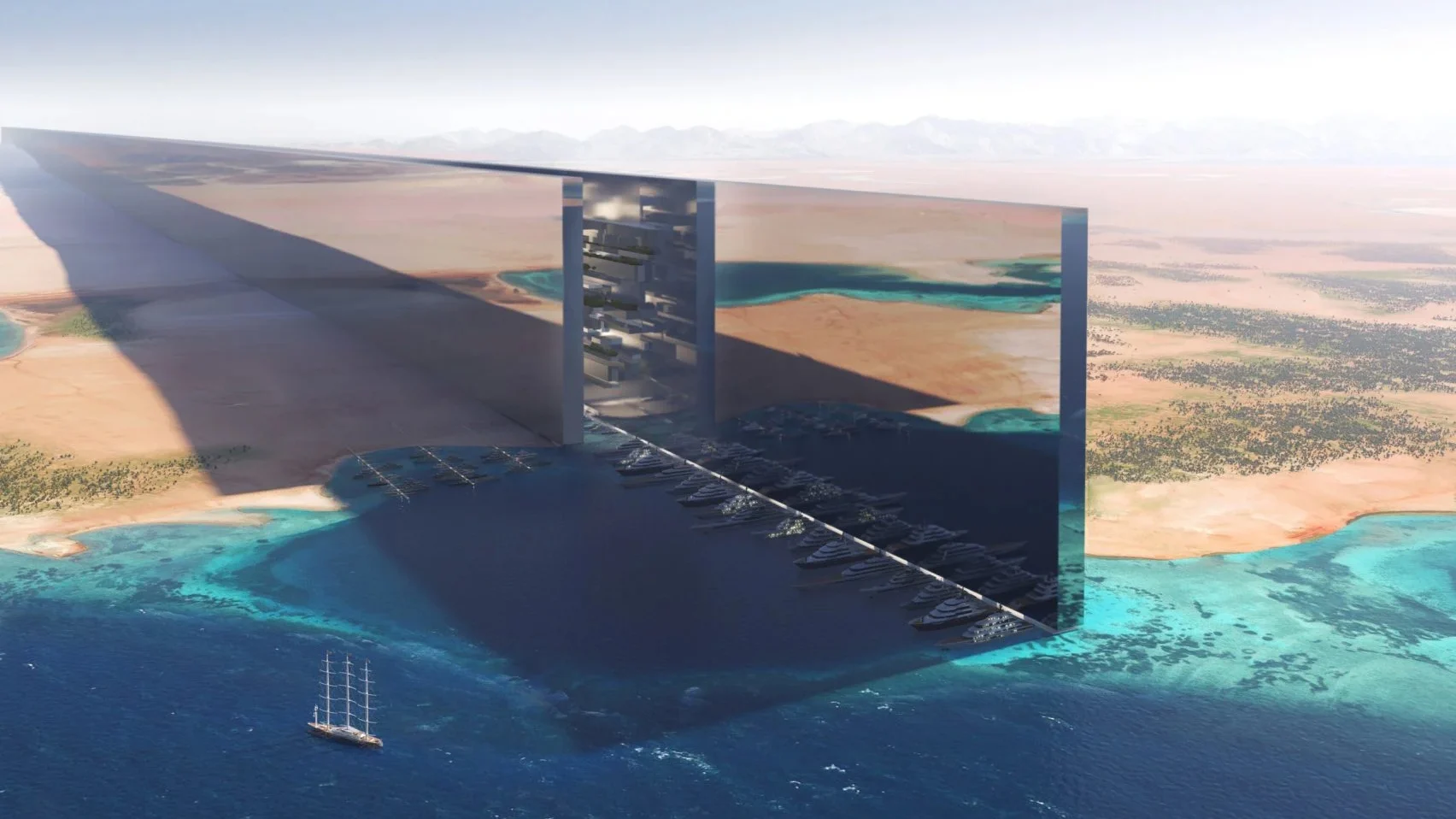An Olympics-Free Utopia of the Future
THE ECOTOPIA 2121 PROJECT PREDICTS THE FUTURES OF 100 SUPER ECO-FRIENDLY CITIES ACROSS THE GLOBE FOR 100 YEARS INTO THE FUTURE. THIS WEEK, WE FOCUS ON THE CITY OF DENVER.
Denver in the early 19th century was just a rocky bluff in the American West that divided the South Platt River from Cherry Creek. At this time the land was part of the buffalo grounds of the nomadic Arapaho.

It was not until 1858 that Denver was founded as a permanent frontier town. Its name was chosen by the land speculator William Larimer to curry favor with the Governor of the Kansas Territory, James Denver. Denver had already resigned as governor at this moment but the lines of communication were so patchy on the frontier that Larimer didn’t know. The name stuck and the town grew -- mainly to service the miners prospecting within the Rocky Mountains nearby. Because of its proximity to the mountains, and because of its high elevation (officially it is 5280ft above sea level) Denver earned the nickname of 'Mile-High City'.
Denver in the early 20th century was a pioneering city in the auto industry due to the work of the Colburn Automobile Company.

By this time, Denver was the capital of the state of Colorado and the Colburn cars produced there could be seen cruising around Colorado cities with a large brass ‘C’ emblazoned on their hoods. Although the company stopped making cars by the 1910s, Denver developed over the ensuing decades to become a typical American automobile city; with hundreds of miles of paved roads and thousands of traffic lights.
Denver in the early 21st century is a city of more than two million people. It’s regarded as a very good city to walk around and to bicycle across because the terrain is flat and many parts have special pathways for pedestrians and cyclists.

However, the automobile still dominates as the main form of transport and it’s often very difficult to get from one part of the sprawling city to another without using a car.
Denver in the early 22nd century is another city entirely. It has fought against car-dependence by converting the entire city into a small series of self-contained eco-towers; each providing habitation for tens of thousands of people. These mega-structures are the perfect antidote to urban sprawl. An eco-tower would need about two percent as much land as a typical city of similar population. With little or no need for cars -- or massive roadways—such urban regimes may also give rise to a less-polluted landscape.

It’s also hoped that the decimated populations of the American buffalo can be restored as roadways and carparks are decommissioned and turned into rejuvenated wildlands between the towers. The height of the eco-towers also allows Denver 2121 to outclass itself by becoming the 'Two-Mile High City'.
For some, this compact self-contained city is both eco-friendly as well as convenient. Others, though, would say such towers are enormous monuments to planned societies which would envelop the individual in an abominable techno-prison. The obvious riposte is that the automobile has already imprisoned us in a technological nightmare. The tower here signifies all this with its gigantic up-turned gasoline-funnel form.
Although rather megalithic, each eco-tower is 'place-based' within its Colorado setting. Encircling each tower’s core are layers of horticultural plots that grow native edible crops, like prairie corn, wood strawberries, wild lettuce and Colorado prickly pears. The varying crops cultured in these layers gradually change in composition with altitude, depending on their natural physical limits.
Another reason why Denver 2121 can be classed as a 'Green Utopia' is because it strives to reinforce its environmental credentials by publicly restating its 20th century Olympic Games rejection policy. In 1972, Denver became the world’s first city to be awarded--and then reject--the "honor" of being an Olympic host city. The reasons for the rejection were both financial and environmental and these are the same reasons that will encourage Denver’s continued Olympic rejection in the 22nd Century.
In the future, some of the world’s largest cities will still clamber over each other competing for the right to host the Olympic Games. Decade after decade, the show gets bigger and bigger, and the environmental and social impact gets more and more drastic. By the time Dubai gets to hold the Winter Olympics in 2121 it will require two rapidly-built power plants to operate the artificial ice and snow venues and the city government will have to force a quarter million city residents out of a newly-appointed 'Central City Olympic Area'.
Supposedly, the Olympics offer host cities opportunity to standout in the world but the Denver authorities know something that other city authorities do not. Many people despise the Olympics; for its showy hype, for its domination of the airwaves, for its rampant dope-cheats, and for showcasing a form of entertainment both nationalistic and boring. To cater for those tired or bored of the Games, Denver 2121 offers 'Escape-the-Games' vacations, whereby global tourists can have home-stays in an eco-tower isolated from all things Olympic.
The visitors can also partake in eco-ski holidays in nearby sustainable resorts in the Rocky Mountains. These resorts forego motorized chairlifts, and instead, skiers must trek up the mountain slopes with their skis on their backs. They then slalom down the slopes between re-planted native Coloradan trees. Most ski resorts have a huge impact on the ecology of a local area but here the ecology is preserved as the skiers encounter a near-natural mountain slope instead of an engineered one.





















